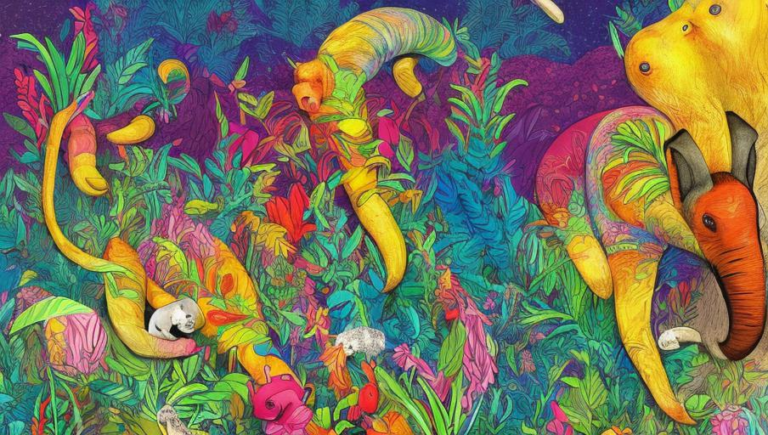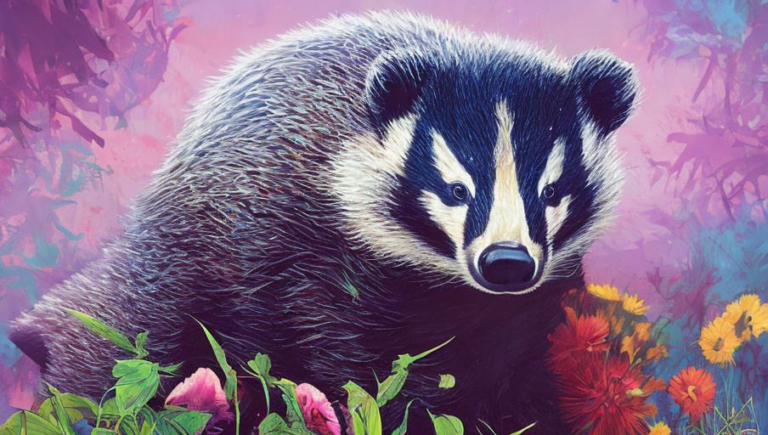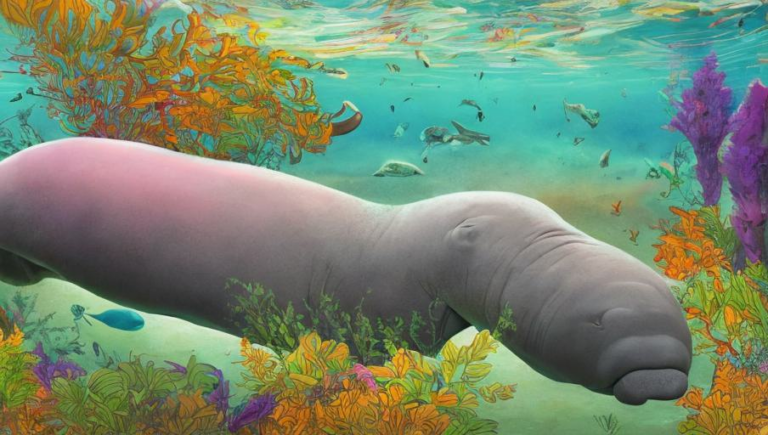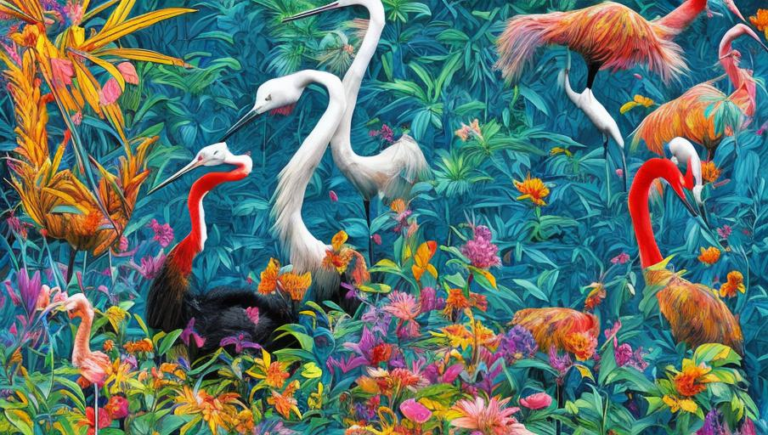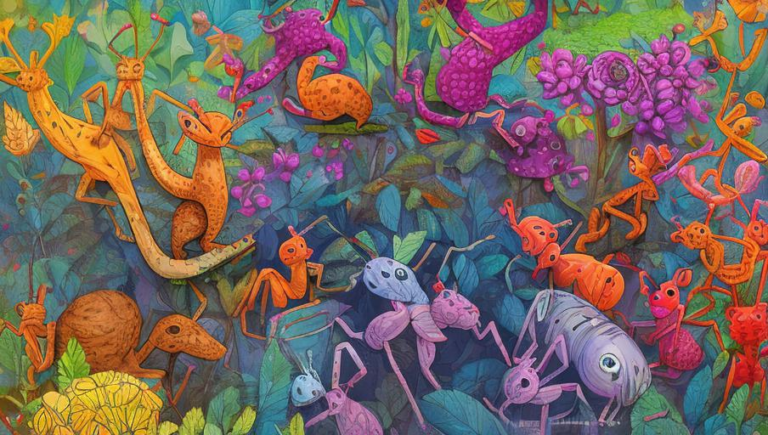Wildlife Photography with Cormorants
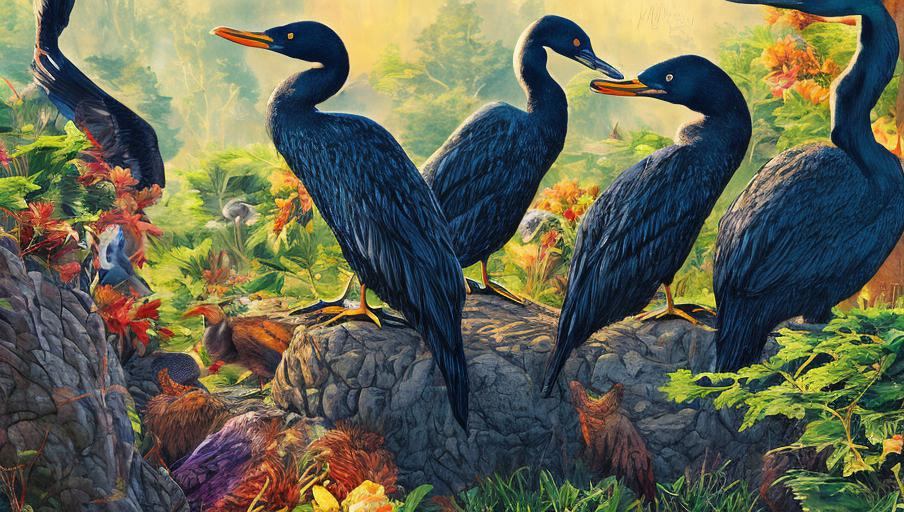
Wildlife Photography with Cormorants
Cormorants are a type of bird found in many parts of the world. They are known for their ability to dive deep into the water in search of food. Photographing them in their natural habitat can be a rewarding experience for any wildlife photographer.
Where to Find Cormorants
Cormorants can be found near oceans, lakes, and rivers. They tend to live on rocky coasts, where they can easily dive into the water to catch their prey. They can also be found in wetlands and estuaries, as well as in wooded areas near water. In some areas, they can even be seen perching on man-made structures such as docks and piers.
Best Time to Photograph Cormorants
The best time to photograph cormorants is during their nesting season. This varies from region to region, but generally takes place between April and June. During this time, the cormorants will be more active as they build their nests and take care of their young. This is an ideal time to capture some beautiful shots of the birds in their natural environment.
Choosing the Right Gear
When photographing cormorants, it is important to have the right gear. A telephoto lens with a focal length of at least 400mm is recommended, as it will allow you to get close-up shots of the birds without disturbing them. A long lens also helps to blur out any distracting backgrounds and focus attention on the birds. Additionally, a tripod will help to keep the camera steady and ensure sharp images.
Weather Conditions
Weather conditions can also impact the quality of your photos. Generally, a sunny day with little wind is ideal. The light will be bright and the air will be still, allowing you to capture the cormorants in their best light. Windy or cloudy weather can make it more difficult to get clear shots, so it’s best to avoid those conditions if possible.
Safety Considerations
When photographing cormorants, it is important to remember to stay safe. Make sure to keep your distance from the birds and avoid disturbing them. Additionally, be aware of any potential hazards in the area, such as unstable rocks or slippery surfaces. Finally, use common sense and be aware of your surroundings at all times.
Conclusion
Wildlife photography with cormorants can be a rewarding and exciting experience. With the right gear and knowledge of the birds’ habits, you can capture some stunning images of these majestic creatures. By following the tips above and staying safe, you can enjoy a successful and memorable wildlife photography experience.
